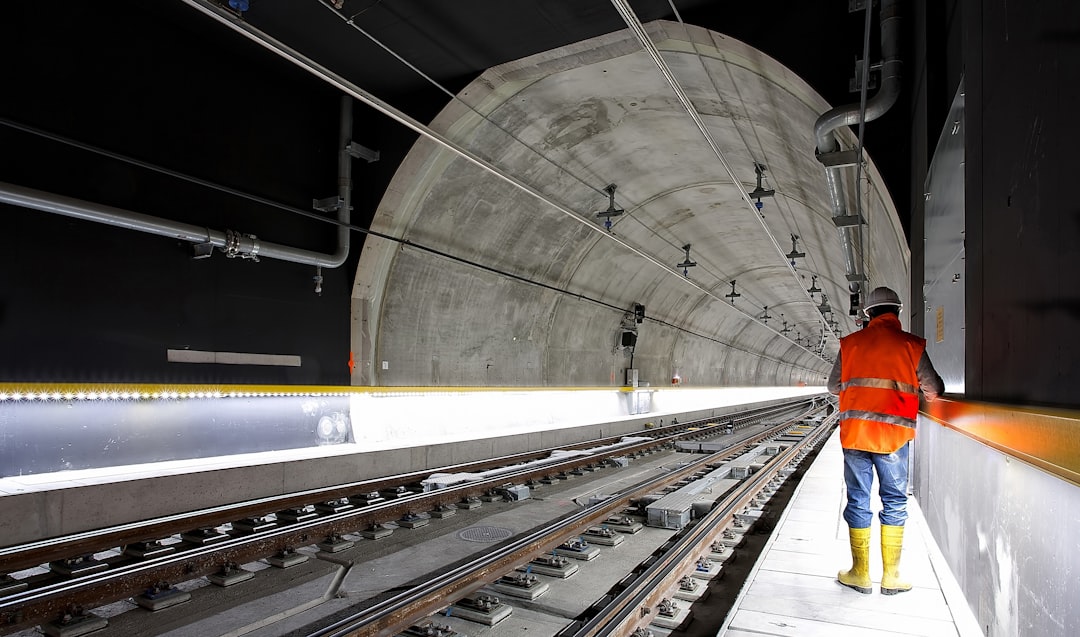What is it about?
Investigation into how CO2 emissions from electricity use vary on an hourly, daily, monthly and annual basis and the effect this has on carbon accounting in buildings.
Featured Image
Why is it important?
Unlike in the past, the makeup of the electricity grid has changed rapidly in the last few years with many more renewable forms of generation coming online. The grid as a whole has decarbonised significantly and will continue to do so. Current calculation methods use static factors which do not take this into account and therefore fail to support beneficial technologies. Alternative methodologies are proposed which increase accuracy of carbon accounting.
Perspectives
As an energy consultant, this paper illustrates some of the frustrations with the current planning requirements and aims to be constructive with recommendations for the future.
Sabbir Sidat
Institution of Mechanical Engineers
Read the Original
This page is a summary of: The use of temporal factors for improved CO2 emissions accounting in buildings, Building Services Engineering Research and Technology, January 2018, SAGE Publications,
DOI: 10.1177/0143624417753297.
You can read the full text:
Contributors
The following have contributed to this page










